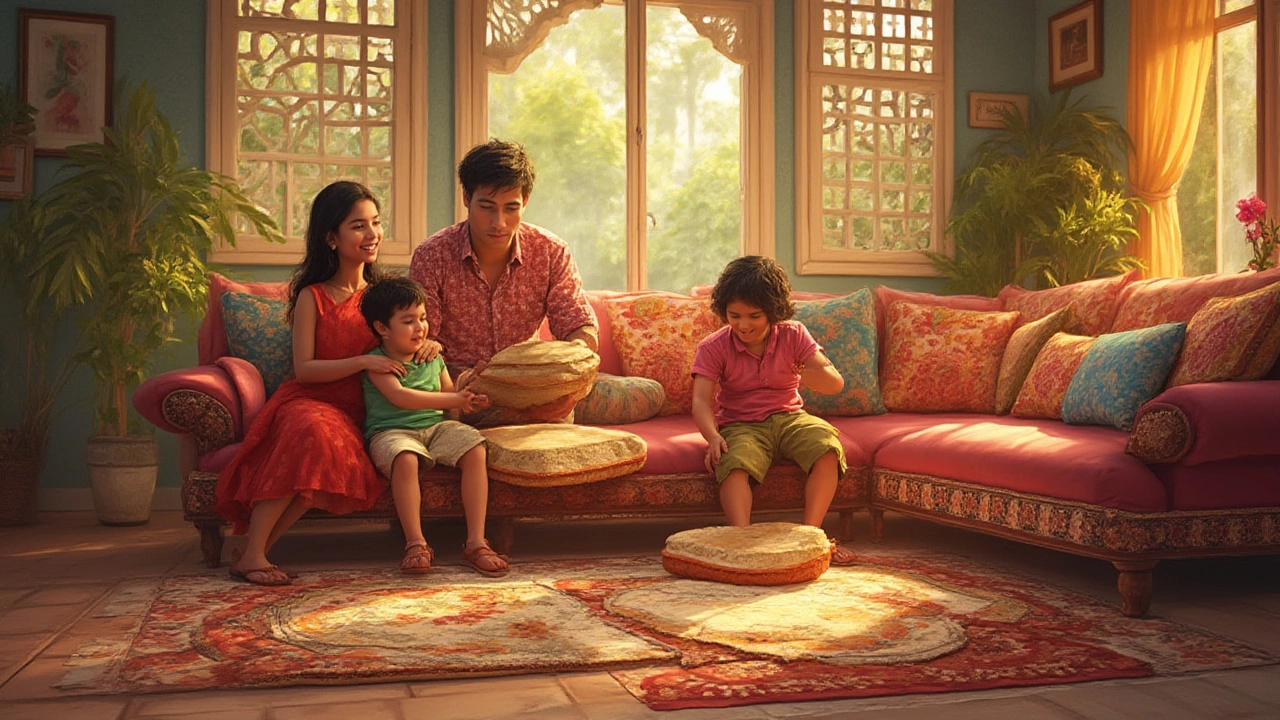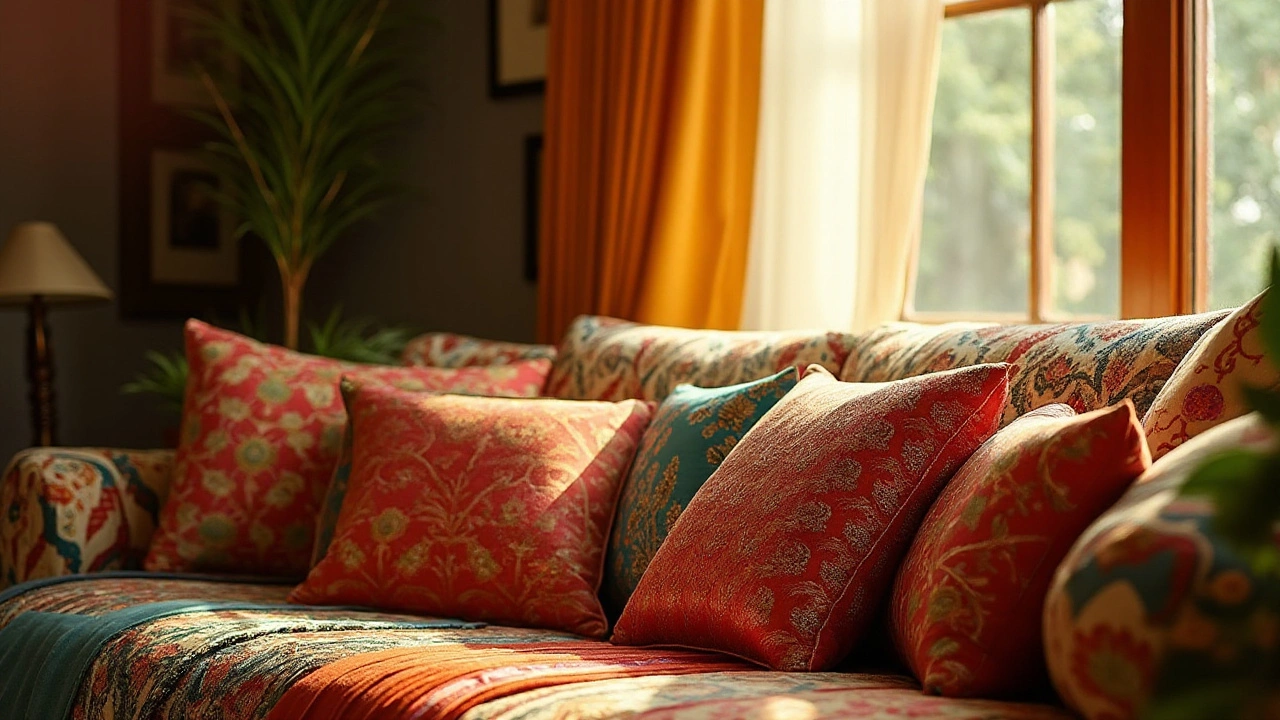Cushion Durability: What Makes a Cushion Last and How to Choose One That Does
When you buy a cushion, you’re not just buying softness—you’re buying cushion durability, how long a cushion holds its shape, support, and comfort under regular use. Also known as cushion lifespan, it’s the quiet factor that makes one sofa feel like it’s still new after five years, while another sags before you’ve even finished your first movie night. Most people focus on color or style, but if the cushion collapses after a year, you’re paying twice—or three times—over.
What actually determines how long a cushion lasts? It’s not just the fabric. The real game-changer is the cushion filling, the material inside that gives it structure and bounce. High-density foam, wrapped in down or polyester fiber, lasts longer than cheap, low-resilience foam. Outdoor cushions use weather-resistant fill like quick-dry foam or polyester batting, while indoor ones often mix foam with feathers for that plush feel. And don’t ignore the cover—tight stitching and high-thread-count fabric keep the filling from shifting or poking through. You’ll also see a big difference between cushions on a well-built frame versus a flimsy one. A cushion can’t do its job if the base underneath is falling apart.
And then there’s sofa cushions, the most common type people replace because they’ve lost their bounce. If your sofa cushions flatten out after six months, it’s not you—it’s the fill. Look for cushions labeled "high-resilience foam" or "80/20 down blend"—those terms mean something. Cheap cushions use 1.5 lb density foam; the good ones use 2.5 lb or higher. That extra weight makes a real difference in how long they hold up under daily use. Outdoor cushions face even tougher conditions: sun, rain, mildew. If you’re buying for a patio, check for UV-resistant fabric and drain holes. A cushion that doesn’t dry out will mold fast, no matter how tough the foam is.
People often think a $50 cushion is a bargain. But if it flattens in a year, you’re spending $50 every year. A $150 cushion that lasts five years? That’s $30 a year. It’s not about the sticker price—it’s about what you get for your money over time. And that’s where cushion durability becomes more than a technical detail—it becomes a smart purchase decision.
You’ll find posts here that break down exactly what’s inside different types of cushions, how to test one before you buy, and which materials actually stand the test of time. Some will show you how to revive old cushions instead of replacing them. Others compare real-world performance of different fills. There’s no fluff here—just what works, what doesn’t, and why your next cushion should last longer than your last one.

